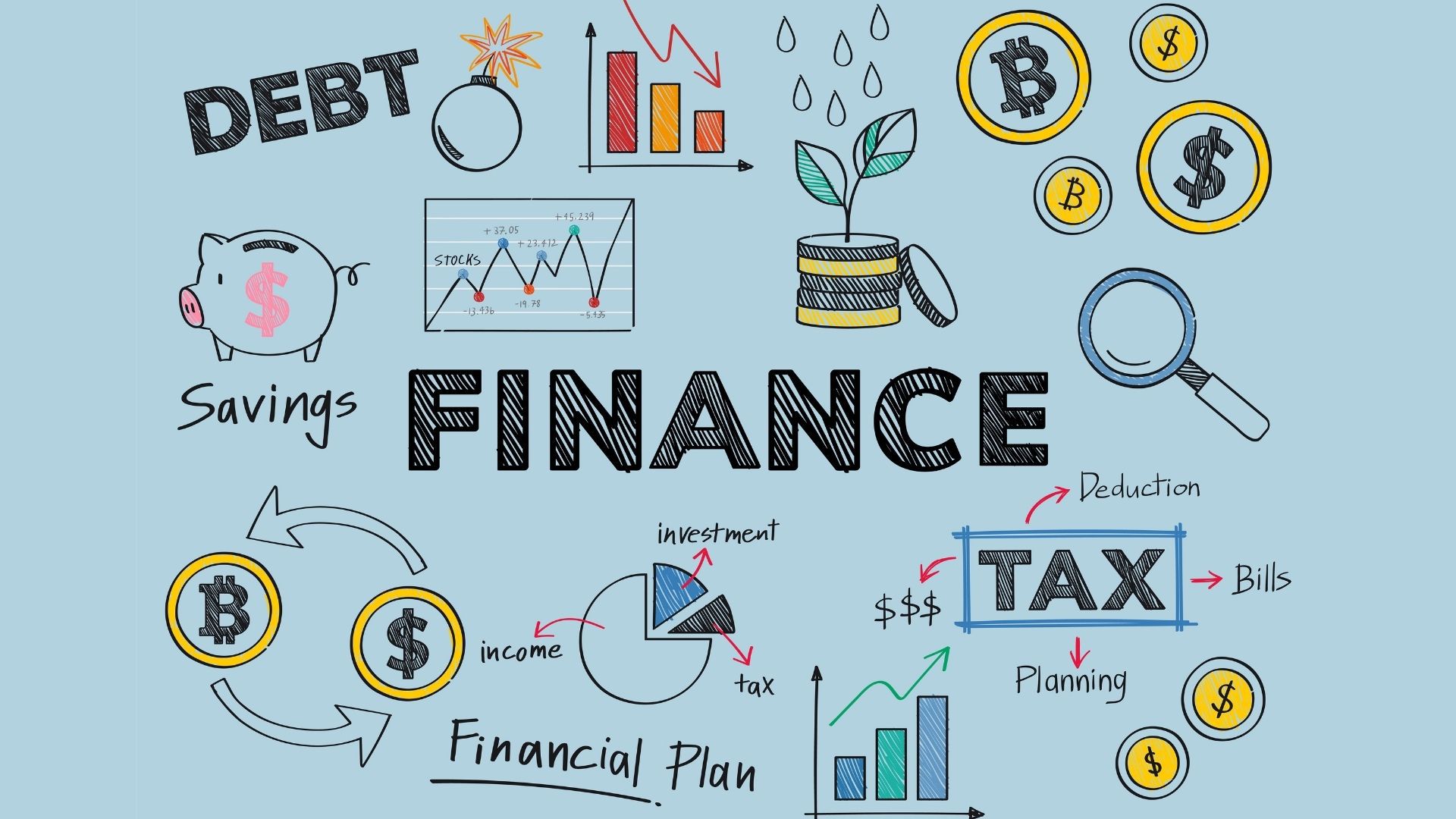Education Loan Finance: Unlocking Opportunities for Higher Education

Education is a fundamental right and a crucial stepping stone towards a successful future. However, the soaring costs of education can often become a major hurdle for aspiring students. This is where education loan finance plays a significant role. In this blog article, we will delve into the world of education loan finance, exploring its benefits, eligibility criteria, application process, and more. Whether you are a student or a parent seeking financial assistance for education, this comprehensive guide will provide you with the necessary insights to make informed decisions.
Section 1: Understanding Education Loan Finance
Summary: This section will provide an overview of education loan finance, discussing its purpose, benefits, and key players in the market.
Section 2: Eligibility Criteria for Education Loan Finance
Summary: This section will outline the eligibility criteria for availing education loan finance, including requirements related to age, academic qualifications, and co-applicants.
Section 3: Types of Education Loans
Summary: This section will explore the various types of education loans available, such as undergraduate loans, postgraduate loans, and vocational education loans.
Section 4: Interest Rates and Repayment Options
Summary: This section will shed light on the interest rates charged on education loans and the different repayment options available, including moratorium periods and flexible EMI plans.
Section 5: Applying for an Education Loan
Summary: This section will guide readers through the step-by-step process of applying for an education loan, covering aspects like required documents, online application portals, and timelines.
Section 6: Government Schemes and Subsidies
Summary: This section will highlight the various government schemes and subsidies available to students seeking education loan finance, making education more affordable and accessible.
Section 7: Tax Benefits on Education Loans
Summary: This section will discuss the tax benefits associated with education loans, providing insights on how borrowers can save money through deductions.
Section 8: Repayment Challenges and Solutions
Summary: This section will address common challenges faced during loan repayment and suggest possible solutions, including loan consolidation and refinancing options.
Section 9: Impact of COVID-19 on Education Loan Finance
Summary: This section will analyze the impact of the global pandemic on education loan finance, exploring changes in interest rates, repayment policies, and government support.
Section 10: Success Stories: Real-life Experiences with Education Loan Finance
Summary: This section will feature inspiring success stories of individuals who achieved their educational dreams with the help of education loan finance.
Conclusion:
In conclusion, education loan finance acts as a catalyst in transforming dreams into reality by providing financial assistance to students. By understanding the nuances of education loan finance, individuals can make well-informed decisions about their educational aspirations. Whether you are a student eager to pursue higher education or a parent seeking financial support for your child's future, education loan finance opens doors to numerous opportunities. Embrace the power of education loan finance and unlock the potential for a brighter future.
Question and Answer:
Q1: Can I apply for an education loan if I have a low credit score?
A1: While a good credit score increases the chances of loan approval, some lenders offer education loans to individuals with a low credit score. However, such loans may have higher interest rates or stricter terms.
Q2: Are there any scholarships or grants available to reduce the need for education loans?
A2: Yes, there are several scholarships and grants available for students based on various criteria such as academic performance, financial need, and specific fields of study. Exploring these options can help reduce the burden of education loans.
Q3: Is it necessary to have a co-applicant when applying for an education loan?
A3: While having a co-applicant can increase the chances of loan approval, it is not always mandatory. Some lenders offer education loans without a co-applicant, especially for loans with lower amounts.
Q4: How long does it take to repay an education loan?
A4: The repayment period for an education loan varies depending on the loan amount, interest rate, and the terms agreed upon. Generally, borrowers are given a moratorium period to complete their studies, followed by a repayment period of 5 to 15 years.
Q5: Can I avail tax benefits on the interest paid towards education loans?
A5: Yes, as per the Income Tax Act, borrowers can claim deductions on the interest paid towards education loans under Section 80E. This helps in reducing the tax liability and easing the financial burden.




Post a Comment for "Education Loan Finance: Unlocking Opportunities for Higher Education"